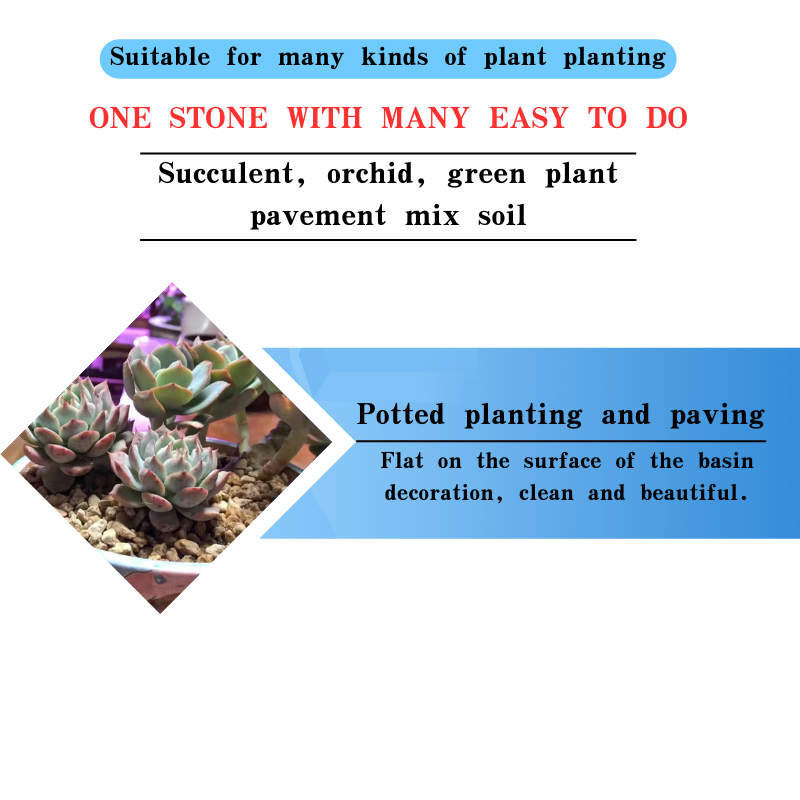
High-Quality Hydrated Lime Brick for Sustainable Construction
The Versatility and Benefits of Hydrated Lime Brick
Hydrated lime, or calcium hydroxide, is a highly versatile material that has found extensive applications in construction and civil engineering. One of its noteworthy uses is in the production of hydrated lime bricks, which have gained popularity due to their excellent properties and eco-friendly characteristics. This article explores the benefits and applications of hydrated lime bricks, highlighting their significance in modern construction.
Composition and Production
Hydrated lime bricks are made from a mixture of lime, water, and other materials, such as sand or clay. The production process involves slaking quicklime (calcium oxide) with water, resulting in a fine, dry powder known as hydrated lime. This powder is then mixed with aggregates to form a malleable paste that can be molded into bricks and cured. The final product is characterized by its lightness, durability, and resistance to various environmental factors.
Benefits of Hydrated Lime Bricks
1. Sustainability One of the standout features of hydrated lime bricks is their eco-friendliness. Lime is a natural material that has a low carbon footprint compared to traditional concrete or fired clay bricks. The production of hydrated lime bricks requires significantly less energy and generates fewer greenhouse gases. Furthermore, lime bricks can absorb carbon dioxide from the atmosphere as they cure, contributing to carbon reduction efforts.
2. Thermal Insulation Hydrated lime bricks have excellent thermal insulating properties. They help maintain a stable indoor climate, reducing the need for artificial heating and cooling systems. This not only enhances energy efficiency but also contributes to lower utility bills for homeowners and businesses. As a result, buildings constructed with hydrated lime bricks are often more comfortable and sustainable.
hydrated lime brick

3. Moisture Regulation One of the unique features of hydrated lime bricks is their ability to regulate moisture. Lime is hygroscopic, meaning it can absorb and release moisture as needed. This property helps to maintain a healthy indoor environment by preventing excessive humidity and mold growth. Buildings made from hydrated lime bricks often have better air quality, benefiting the inhabitants' health.
4. Durability and Strength Despite being lighter than many conventional bricks, hydrated lime bricks are exceptionally strong and durable. They have high compressive strength, making them suitable for load-bearing walls. Their resistance to weathering and pests also contributes to longer-lasting structures, reducing the need for frequent repairs and replacements.
Applications
Hydrated lime bricks are suitable for various construction applications, including residential buildings, commercial structures, and even historical restorations. They are particularly beneficial in regions with extreme climates, where their insulating properties can help regulate indoor temperatures. Additionally, due to their lightweight nature, they are easier to transport and handle compared to heavy concrete bricks, leading to lower labor costs and improved efficiency on construction sites.
Moreover, as the construction industry shifts towards more sustainable practices, the demand for eco-friendly materials like hydrated lime bricks is likely to rise. Architects and builders are increasingly incorporating lime-based materials into their designs, paving the way for greener, more sustainable construction methods.
Conclusion
In conclusion, hydrated lime bricks represent a remarkable advancement in sustainable construction materials. Their numerous benefits, including environmental sustainability, excellent thermal insulation, moisture regulation, and durability, make them a compelling choice for modern building projects. As the construction industry continues to embrace sustainability, hydrated lime bricks are poised to play a significant role in shaping the future of eco-conscious architecture and design.
Share
-
Premium Pigment Supplier Custom Solutions & Bulk OrdersNewsMay.30,2025
-
Top China Slag Fly Ash Manufacturer OEM Factory SolutionsNewsMay.30,2025
-
Natural Lava Rock & Pumice for Landscaping Durable Volcanic SolutionsNewsMay.30,2025
-
Custom Micro Silica Fume Powder Manufacturers High-Purity SolutionsNewsMay.29,2025
-
Custom Mica Powder Pigment Manufacturers Vibrant Colors & Bulk OrdersNewsMay.29,2025
-
Custom Micro Silica Fume Powder Manufacturers Premium QualityNewsMay.29,2025






